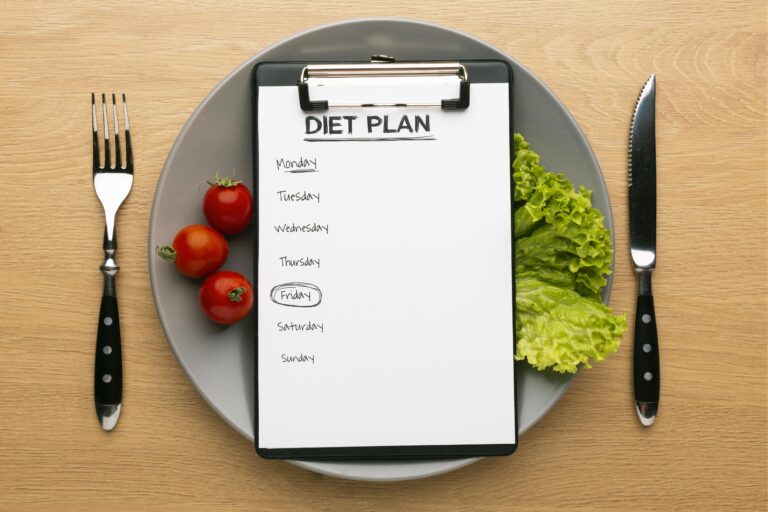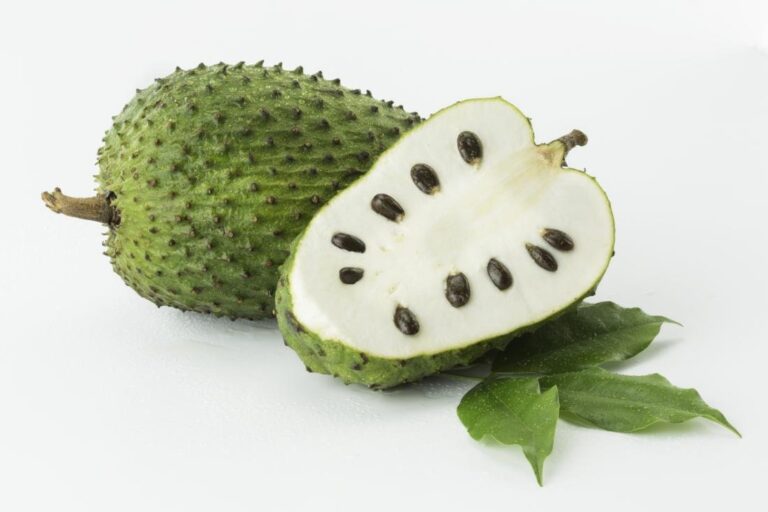Creatine, a popular dietary supplement in the fitness world, is well-known for its ability to enhance athletic performance and promote muscle growth. However, the timing of creatine intake can significantly impact its effectiveness.
In this article, we’ll explore when to take creatine to maximize its benefits and help you achieve your fitness goals.
What is Creatine?
A creatine supplement is a product that contains a concentrated form of creatine, a naturally occurring compound found in the body. These supplements are commonly used by athletes, bodybuilders, and individuals engaged in intense physical activities to enhance their performance and support muscle growth.
Creatine come in various forms, such as powders, capsules, liquids, and even flavored drinks. They typically provide a higher dose of creatine than what you might get from a regular diet.
Creatine has gained immense popularity as a supplement that can significantly enhance physical performance and support muscle growth. To make the most of its benefits, it’s important to understand the science behind creatine and when to take creatine?

The most common type of creatine used in supplements is creatine monohydrate, which is well-researched and widely regarded as safe and effective.
Creatine has gained immense popularity as a supplement that can significantly enhance physical performance and support muscle growth. To make the most of its benefits, it’s important to understand the science behind creatine and when to take creatine?
When to Take Creatine?
When to take creatine? The timing of creatine supplementation is a subject of debate among experts, but there are a few common approaches that individuals can consider based on their preferences and routines.
The most important factor is to consistently take the recommended daily dose, which is typically around 3-5 grams per day for maintenance after any loading phase.
Keep in mind that individual responses to creatine can vary, so you may need to experiment with different timing strategies to determine what works best for you.
Taking Creatine Before Workout
Taking creatine before your workout is a commonly practiced strategy among athletes and fitness enthusiasts. This method is preferred for various reasons.
First, creatine’s ability to rapidly produce adenosine triphosphate (ATP), the primary energy source for cells, can provide an energy boost during intense physical activity.
This may lead to improved performance, allowing individuals to lift heavier weights, perform more repetitions, or sprint faster. Secondly, it results in a fuller and more pumped appearance, which some find appealing during their workouts.

Taking Creatine After a Workout
After an intense workout, your muscles can be in a state of depletion, and there may be micro-damage to muscle fibers. Taking creatine post-workout can help kickstart the process of replenishing creatine stores in your muscles, aiding in the recovery phase.
Creatine supplementation immediately following exercise can serve as a quick way to restore depleted creatine levels, potentially ensuring that you’re ready for the next workout with optimal energy resources.
For those who prefer not to consume supplements before their workouts, taking creatine after a workout can be more convenient. You can easily mix creatine powder with your post-workout protein shake or a carbohydrate source.

Loading Phase
The “loading phase” is a specific dosing strategy that some individuals choose to adopt when beginning creatine supplementation.
During the loading phase, individuals typically consume around 20 grams of creatine per day, divided into four equal doses of 5 grams each. This higher dose is intended to saturate the muscles with creatine more quickly.
The loading phase’s aim is to quickly raise the level of creatine in the muscles. This can ensure that there is a substantial reservoir of creatine available for energy production during high-intensity workouts.
After the loading phase, individuals typically switch to a lower daily dose, often around 3-5 grams per day, which is referred to as the “maintenance dose.” This smaller dose is sufficient to maintain elevated creatine levels in the muscles over the long term.
Benefits of Creatine Supplementation
The benefits of taking creatine at the right time, whether that’s before or after a workout, depend on your specific goals and preferences. Here are some advantages associated with timing your creatine supplementation effectively:
Taking Creatine Before a Workout:
- Improved Workout Performance: By consuming creatine before your workout, you can potentially have more readily available adenosine triphosphate (ATP), the primary energy source for muscle cells. This may translate to enhanced strength, power, and overall exercise performance during high-intensity activities.
- Quick Energy: Creatine can provide rapid energy for short bursts of intense physical activity. Taking it before your workout ensures that you have this energy readily available, which can be especially beneficial for activities like weightlifting and sprinting.
- Muscle Fullness: Creatine’s ability to draw water into muscle cells can result in a fuller and more pumped appearance during your workout. Some individuals find this effect motivating and aesthetically pleasing.
Taking Creatine After a Workout:
- Recovery Support: After an intense workout, your muscles may be depleted of energy and potentially experience micro-damage. Taking creatine post-workout can help jumpstart the process of replenishing creatine stores in your muscles, aiding in recovery.
- Muscle Refueling: Consuming creatine immediately after exercise can serve as a quick way to restore depleted creatine levels, ensuring that your muscles are prepared for the next workout with optimal energy resources.
- Convenience: If you prefer not to take supplements before your workouts or have concerns about stomach discomfort during exercise, taking creatine after your workout can be more convenient. You can easily mix creatine powder with your post-workout protein shake or a carbohydrate source.
In summary, the benefits of taking creatine at the right time depend on your specific fitness goals and what works best for your body and routine.
In conclusion, the timing of creatine intake matters. Whether you choose to take it before or after a workout, or at any other time, consistency is key. Creatine offers various benefits for athletic performance and muscle development, and the right timing can help you make the most of this powerful supplement.
Learn More about Creatine.
I hope you got the answer to your query (when to take creatine). Also, check out if Creatine made you gain weight.














